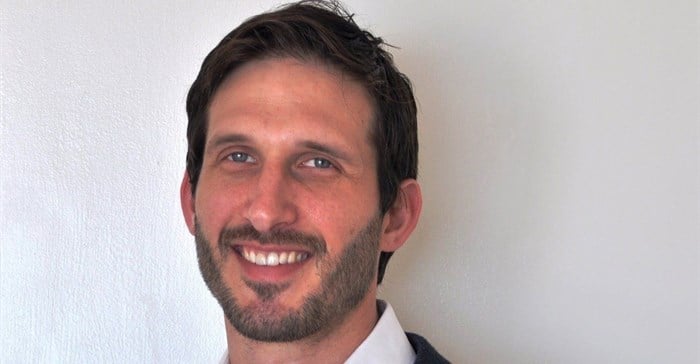
Large consumers, like municipalities and residential estates, are charged based on their peak demand for the month. Comeback load dramatically inflates this peak, resulting in higher bills. Ironically, power cuts can lead to increased household energy costs.
Under some electricity tariffs, these costs could rise by around R1,300 per geyser per year.
Comeback load also damages electricity distribution networks because it can trip or overload transformers, substations, and other crucial infrastructure. This again raises system costs and leaves the grid in a more fragile state.
To combat comeback load, some areas meticulously sequence how they bring power back on to individual substations and the areas they serve. While this tempers peak demand, it does mean longer load shedding periods and higher operational costs.
Many municipalities also grapple with the issue of which areas to switch back on first, leading to complaints about unfairness. In some towns, the last area can be switched on up to two hours after the first, as technicians must physically drive between substations to restore power.
A recently concluded pilot project, Project Smart Geyser, shows there might be a better way.
This 30-month study saw Plentify partner with the City of Cape Town, Hessequa Local Municipality, residential estates, and retirement villages to see what impact artificial intelligence-enabled geyser-management devices would have on curbing comeback load and trimming household energy bills.
They installed 500 of these devices, called HotBots, in households across the municipalities and multi-family properties. These were coordinated to stagger when geysers drew power, only switching on those that actually needed hot water, and avoiding using energy during peak grid times.
This was done only to the extent that homes still had a reliable supply of hot water
Backed by German development agency GIZ and clean energy financing facility EEP Africa, with independent oversight from the University of Cape Town's Measurement and Verification Inspection Body, the study found that HotBots eliminated comeback load after load shedding – and went further by flattening peak demand to a point much lower than even without load shedding.

The devices reduced each geyser's electricity use during peak periods by up to 80% and cut overall demand at any point in time across the entire fleet of water heaters by up to 60%.
This slashed demand charges roughly in half, and yielded substantial energy cost savings for participating households, while ensuring that everyone still had hot water when they wanted it.
The project also demonstrated how these devices, when coordinated, can prevent damage to distribution infrastructure and delay the need for major investments in substations and transformers. In fact, with intelligent control, twice as many geysers could be connected to the grid without placing any more strain on infrastructure.
This homegrown solution to comeback load carries a number of other advantages.
By shifting geyser energy use away from peak hours – while still ensuring households have hot water when they need it – these devices can reduce strain on the grid during the early mornings and evenings, when Eskom often has to rely on expensive diesel generators to meet demand.
In a city such as Cape Town, installing these devices in just a quarter of households could cut load shedding in the mornings and evenings by a cumulative 20 hours every month, the study found.
At the same time, this solution helps to address the cost-of-living crisis by improving each geyser’s overall energy efficiency by up to 24%, simply by switching them off when they do not need to be consuming electricity.